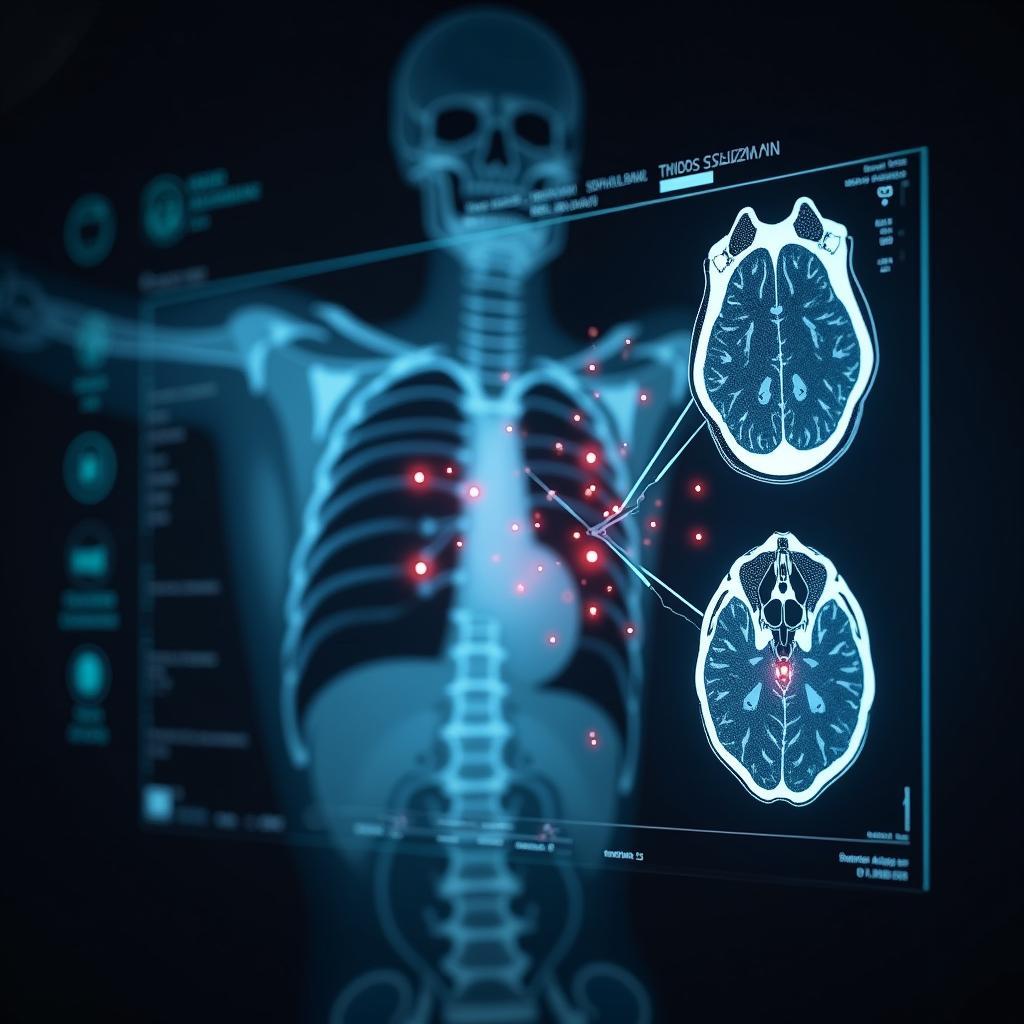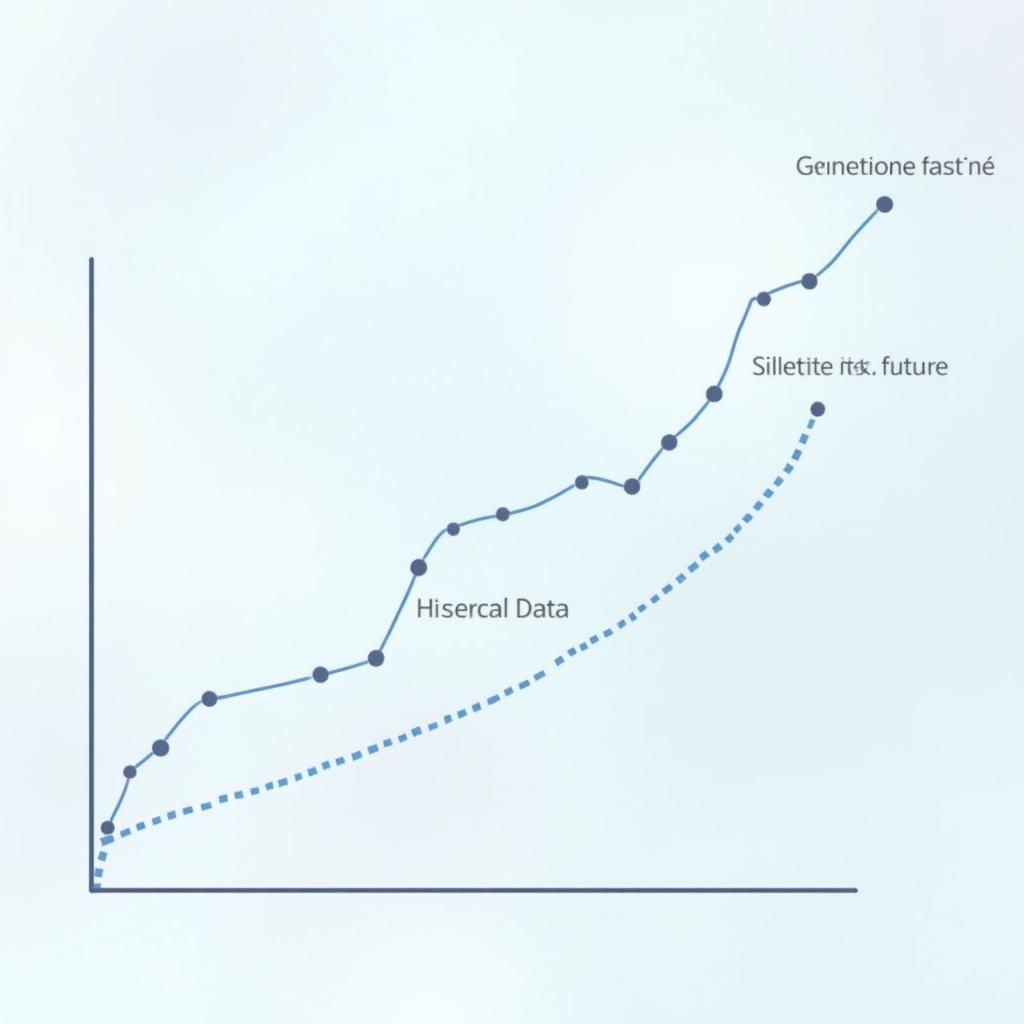The IELTS Reading test can be challenging, especially with topics that are incredibly relevant to contemporary issues like artificial intelligence (AI). Today, we will delve into how AI is transforming the healthcare diagnostics industry. Understanding topics like this is crucial since they can frequently appear in IELTS exams due to their timeliness and relevance. Being prepared for such subjects will enhance your comprehension and ability to respond to similar questions effectively.
Understanding the Topic: AI in Healthcare Diagnostics
Artificial intelligence (AI) is revolutionizing various industries, and healthcare diagnostics is no exception. The use of AI in this field includes advancements in medical imaging, precision medicine, and predictive analytics, which significantly enhance the accuracy and efficiency of diagnoses.
Sample IELTS Reading Passage
Background Information
This passage is designed to replicate the complexity and format you might encounter in an IELTS Reading exam. The text is at a medium difficulty level, suited for someone aiming for a band score between 6.5 and 8.0.
Reading Passage
AI Transformations in Healthcare Diagnostics
Artificial intelligence (AI) has brought transformative changes to numerous sectors, particularly healthcare diagnostics. Machine learning algorithms, a subset of AI, are increasingly used to analyze complex medical data much quicker and more accurately than human clinicians. One of the most impactful applications of AI in healthcare diagnostics is in medical imaging.
Medical imaging constitutes a significant part of diagnostic medicine. Traditional imaging techniques, such as X-rays, CT scans, and MRIs, often require highly specialized radiologists to interpret the images accurately. However, AI can greatly assist in this process. For example, deep learning algorithms can be trained on thousands of images to recognize patterns and anomalies that a human eye might miss. This capability can dramatically increase diagnostic accuracy, reduce human error, and expedite the diagnostic process.
 AI analyzing medical scans like X-rays, CTs for precise healthcare diagnostics and anomaly detection.
AI analyzing medical scans like X-rays, CTs for precise healthcare diagnostics and anomaly detection.
Furthermore, AI plays a crucial role in the development of precision medicine. This approach tailors treatment plans to the individual characteristics of each patient. By analyzing large datasets of genetic information, medical history, and even lifestyle factors, AI systems can predict which treatments are most likely to be effective for a particular patient, thereby reducing the trial-and-error aspect of treatment.
 AI-driven precision medicine concept with DNA, patient data, and tailored treatment plan for healthcare.
AI-driven precision medicine concept with DNA, patient data, and tailored treatment plan for healthcare.
Predictive analytics, another domain where AI excels, involves analyzing historical data to predict future outcomes. In healthcare diagnostics, this means that AI can leverage patient data to foresee potential health issues before they manifest clinically. For instance, AI algorithms can predict the likelihood of diseases such as diabetes, heart conditions, and various cancers, enabling earlier intervention and better patient outcomes.
 AI predictive analytics in healthcare: data graphs forecasting patient health risks for early intervention.
AI predictive analytics in healthcare: data graphs forecasting patient health risks for early intervention.
However, while AI presents considerable advantages, it also raises ethical and practical challenges. Data privacy is a major concern, as the use of large datasets necessitates strict adherence to confidentially protocols. Additionally, there is the matter of AI accountability. In cases where an AI system makes a diagnostic error, it is unclear where the responsibility lies— with the healthcare provider, the AI developer, or even the technology itself.
 Symbolic AI healthcare ethics: data privacy, security concerns visualized with lock over medical data.
Symbolic AI healthcare ethics: data privacy, security concerns visualized with lock over medical data.
In conclusion, AI is set to revolutionize healthcare diagnostics by improving accuracy, personalizing treatment, and predicting health risks. As the technology advances, it will be crucial to address the accompanying ethical and practical challenges to fully harness its potential.
Practice Questions
Question Type: Multiple Choice
- What is one benefit of using AI in medical imaging?
- A. It replaces the need for radiologists completely.
- B. It increases diagnostic accuracy and reduces human error.
- C. It slows down the diagnostic process.
- D. It minimizes the need for patient visits.
- According to the passage, what is precision medicine?
- A. A form of treatment that applies to all patients equally.
- B. A method that focuses solely on genetic information.
- C. An approach that tailors treatment plans to individual patients.
- D. A system that disregards medical history.
Question Type: True/False/Not Given
- AI can predict the likelihood of patients developing diseases before clinical symptoms appear.
- True
- False
- Not Given
- The passage suggests that AI will completely eliminate human involvement in healthcare diagnostics.
- True
- False
- Not Given
Answer Keys and Explanations
- B. It increases diagnostic accuracy and reduces human error.
- Explanation: The passage clearly states that AI can recognize patterns and anomalies that a human eye might miss, thus increasing accuracy and reducing human error.
- C. An approach that tailors treatment plans to individual patients.
- Explanation: Precision medicine is described in the passage as a method that tailors treatment plans to the individual characteristics of each patient.
- True
- Explanation: The passage mentions that AI can leverage patient data to foresee potential health issues before they manifest clinically, indicating true predictions.
- False
- Explanation: The passage acknowledges the role of AI in assisting, but not completely replacing, human involvement in healthcare diagnostics.
Common Mistakes to Avoid
- Overlooking Keywords: Always underline or highlight important keywords while reading. This helps in locating answers quickly.
- Misinterpreting Information: Carefully read each option and ensure it is supported by the passage.
- Time Management: Balance your time effectively between reading the passage and answering the questions.
Vocabulary to Know
- Diagnostics dī-əg-ˈnŏs-tĭks
- Noun. The process of determining which disease or condition explains a person’s symptoms and signs.
- Example: AI is revolutionizing medical diagnostics, making it more accurate and efficient.
- Algorithm ˈæl.gəˌrɪ.ðəm
- Noun. A process or set of rules to be followed in problem-solving or calculation operations.
- Example: AI algorithms can analyze large sets of medical data swiftly.
- Predictive Analytics prɪ-ˈdɪk-tɪv ə-nəl-ˈɪt-ɪks
- Noun. Techniques used to predict future events or outcomes by analyzing current and historical data.
- Example: Predictive analytics help foresee potential health issues.
Grammar Focus
- Complex Sentences: AI has brought transformative changes to healthcare diagnostics, improving accuracy and efficiency.
- Type: Complex sentence.
- Formula: Main clause + dependent clause.
- Example: While AI presents advantages, it also raises ethical challenges.
- Active vs. Passive Voice: AI can analyze medical data quickly (Active). Medical data can be analyzed quickly by AI (Passive).
- Type: Active/Passive Voice
- Example: Passive voice is often used in scientific writing.
Advice for Getting a High Reading Score
- Practice Regularly: Familiarize yourself with different types of IELTS reading passages and questions.
- Expand Your Vocabulary: Learning new words and their meanings will help you understand more complex texts.
- Time Management: Practice completing reading tasks within the given time limits to improve your speed and efficiency.
- Active Reading: Engage with the text by taking notes, underlining important information, and summarizing paragraphs.
By incorporating these tips and practicing diligently, you can improve your IELTS Reading skills and enhance your chances of achieving a higher band score.

